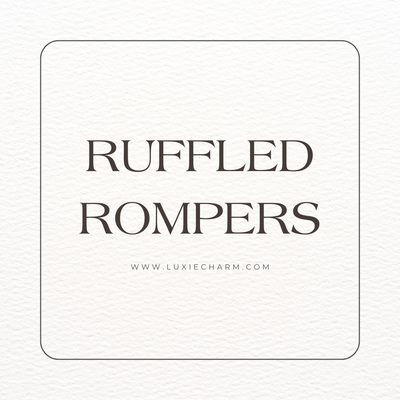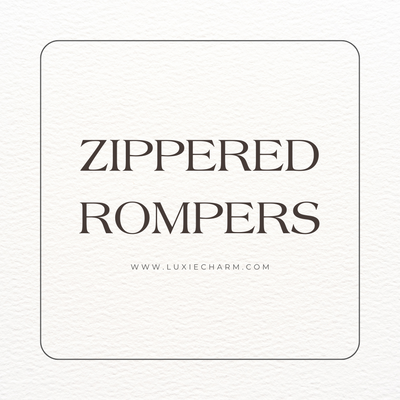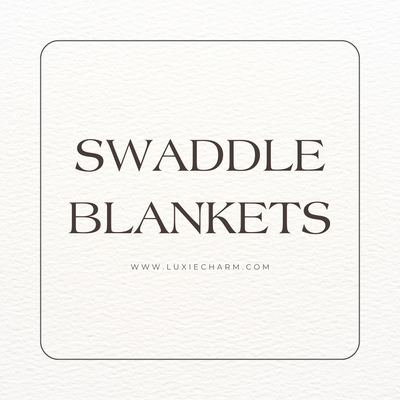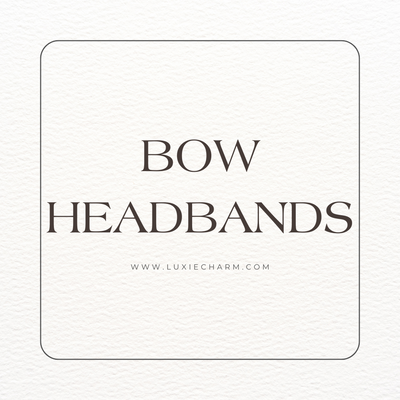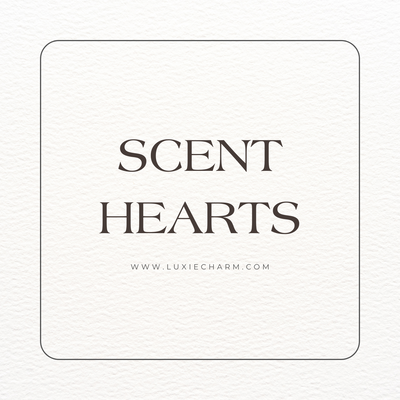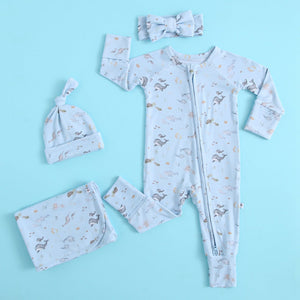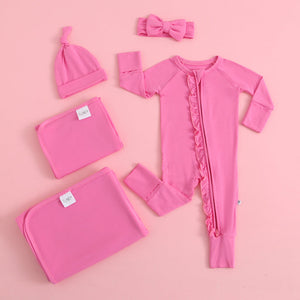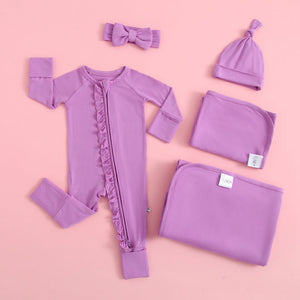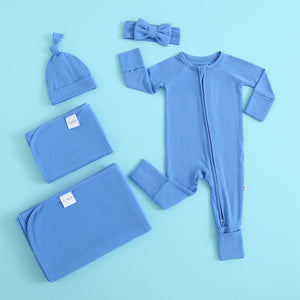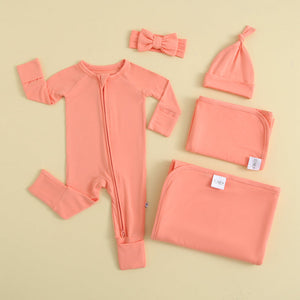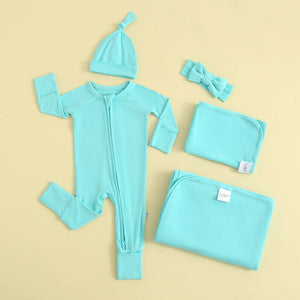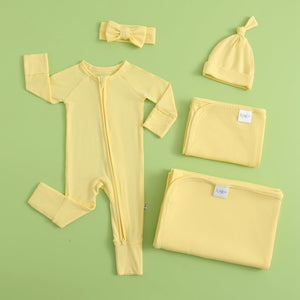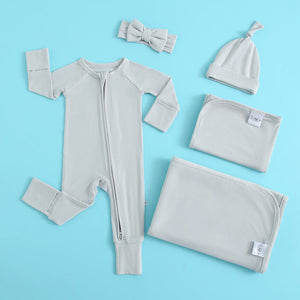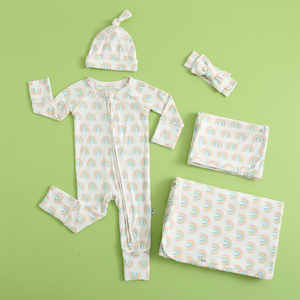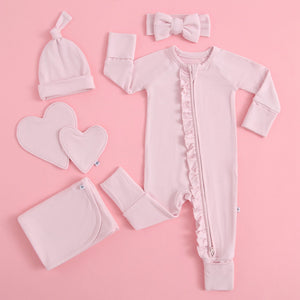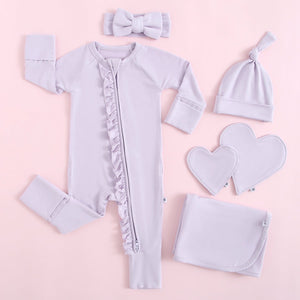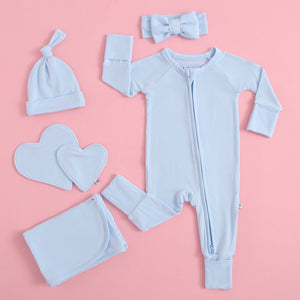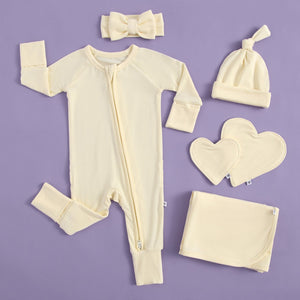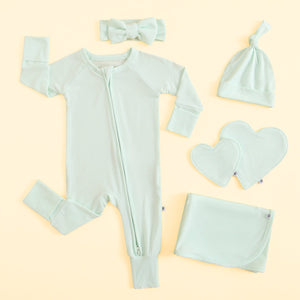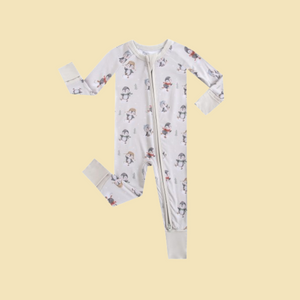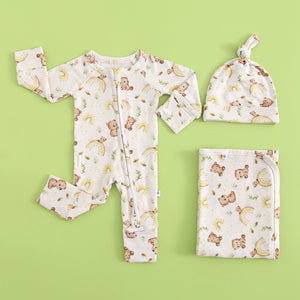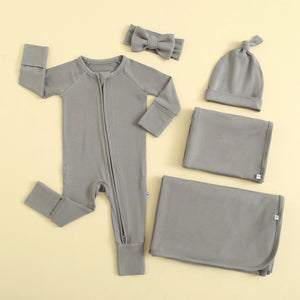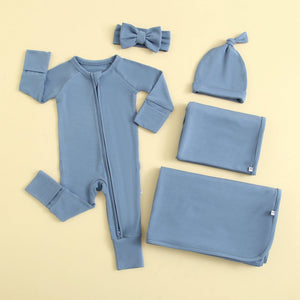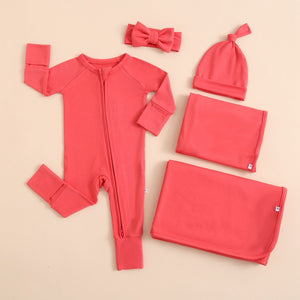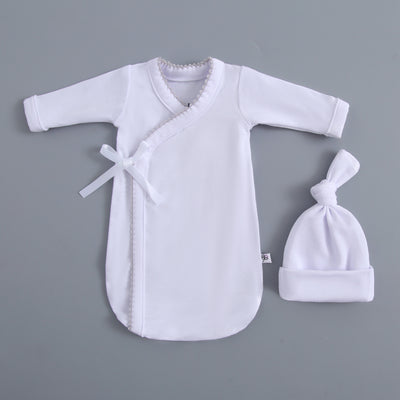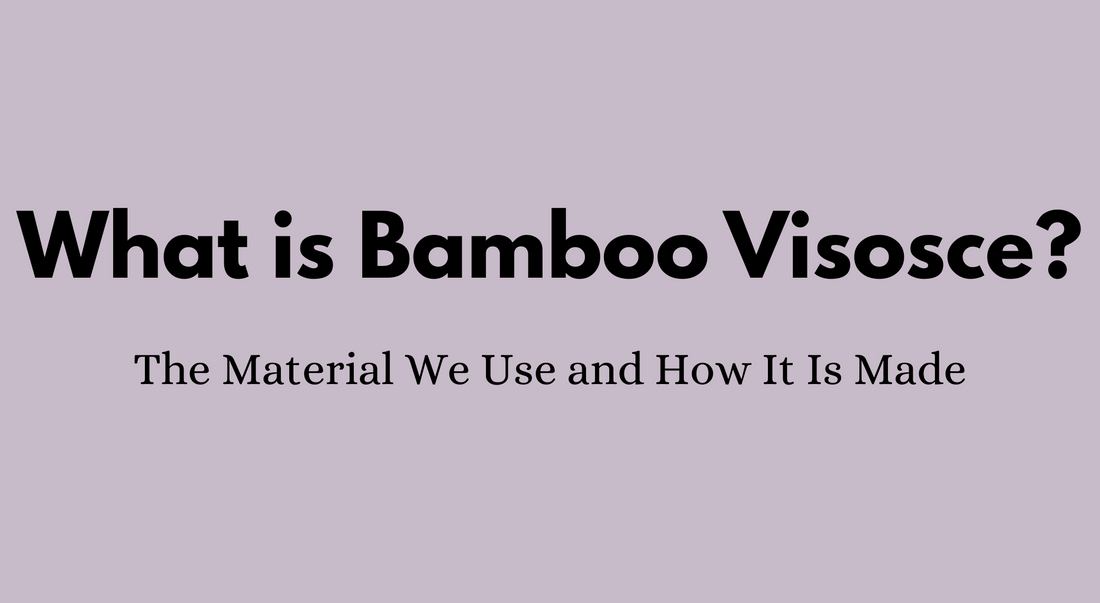
How is Bamboo Viscose Made?
Share
Bamboo fabric is a textile made from the fibers of the bamboo plant, known for its softness, breathability, and eco-friendly properties. It is commonly used in clothing, bedding, and other textiles due to its luxurious feel and moisture-wicking capabilities. The most popular form of bamboo fabric is bamboo viscose, which is produced through a chemical process that transforms bamboo into a silky, durable fabric. This material is widely chosen for baby clothing because of its gentle texture and hypoallergenic nature.
The Process of Making Bamboo Fabric
The viscose process is the most widely used method for producing bamboo fabric. This method includes:
- Breaking down the bamboo pulp: The bamboo is dissolved in a chemical solution to extract cellulose.
- Regenerating fibers: The cellulose is then reconstructed into fibers through a chemical process.
- Weaving into fabric: The resulting fibers are spun into yarn and woven into a soft, breathable fabric.
Although the viscose process requires chemicals, many manufacturers have developed closed-loop systems that recycle the solvents, reducing environmental impact (Textile Exchange).
The Benefits of Bamboo Viscose for Baby’s Skin
Bamboo viscose is particularly beneficial for a baby’s delicate skin due to its unique properties. Here’s why it is an excellent choice for baby clothing:
Soft and Gentle
Bamboo viscose is incredibly soft, often compared to silk. Its smooth fibers create a fabric that feels gentle against a baby’s sensitive skin, reducing irritation and discomfort.
Hypoallergenic
Bamboo fabric is naturally hypoallergenic, making it a great choice for babies with sensitive skin or conditions like eczema. Unlike synthetic fabrics, bamboo does not cause allergic reactions or rashes.
Moisture-Wicking and Breathable
Bamboo viscose has excellent moisture-wicking properties, helping to keep babies dry by pulling moisture away from the skin. This is particularly important for preventing heat rashes and skin irritations.
Temperature-Regulating
Bamboo fabric helps regulate body temperature, keeping babies cool in warm weather and warm in cooler conditions. This makes bamboo clothing, like our Zippered Baby Romper, a practical choice for year-round wear.
Antibacterial and Odor-Resistant
Bamboo contains natural antibacterial properties, reducing odor and keeping clothes fresher for longer. This is beneficial for baby clothing, which often requires frequent washing.
How to Clean Bamboo Viscose Clothing
Caring for bamboo viscose clothing properly ensures its longevity and maintains its softness. Here’s how to clean it effectively:
General Washing Guidelines
- Use cold water: Wash bamboo viscose clothing in cold water to prevent shrinkage and preserve the fabric’s softness.
- Mild detergent: Choose a gentle, chemical-free detergent to avoid damage to the fibers.
- Avoid fabric softeners: Bamboo fabric naturally remains soft without added softeners, which can reduce breathability.
- Hand wash or gentle cycle: Use a delicate wash setting or hand wash to minimize wear and tear.
Removing Common Baby Stains
Bamboo viscose is highly absorbent, making stain removal an essential part of care. Here’s how to tackle frequent baby stains:
- Milk and formula stains: Soak in cold water with mild detergent before washing.
- Food stains (e.g., carrots, berries): Apply a baking soda paste or white vinegar solution before washing.
- Diaper leaks: Pre-treat with a gentle stain remover and wash in cold water.
- Spit-up stains: Rinse immediately with cold water and apply a mild detergent before laundering.
Drying and Ironing
- Air drying is best: Lay flat or hang to dry to prevent shrinkage and maintain fabric integrity.
- Low heat tumble dry: If using a dryer, select a low-heat setting.
- Avoid high heat ironing: If needed, use a low heat setting or steam to remove wrinkles.
Environmental Impact of Bamboo Fabric
Bamboo is considered a sustainable resource because it grows quickly and does not require pesticides or fertilizers. However, the environmental impact of bamboo fabric depends on the production method used.
- Sustainable harvesting: Bamboo can grow without the need for replanting, making it a renewable resource.
- Water efficiency: Bamboo requires less water than cotton, reducing its environmental footprint.
- Chemical concerns: The viscose process uses chemicals, but responsible manufacturers implement eco-friendly techniques to mitigate harm.
According to the Sustainable Apparel Coalition, choosing responsibly manufactured bamboo fabric helps minimize environmental impact while providing a high-quality textile.
Why Bamboo Viscose Is the Best Choice for Babies
Bamboo viscose is the ideal fabric for baby clothing due to its unparalleled softness, breathability, and hypoallergenic nature. Babies have delicate skin that is more prone to irritation, and bamboo fabric’s smooth fibers help prevent chafing and discomfort. Additionally, its moisture-wicking and temperature-regulating properties keep babies dry and comfortable in varying climates, reducing the risk of overheating or heat rashes. The fabric’s natural antibacterial and odor-resistant qualities also ensure that baby clothes remain fresher for longer. With its combination of comfort, safety, and sustainability, bamboo viscose is one of the best materials available for keeping babies happy and healthy!









